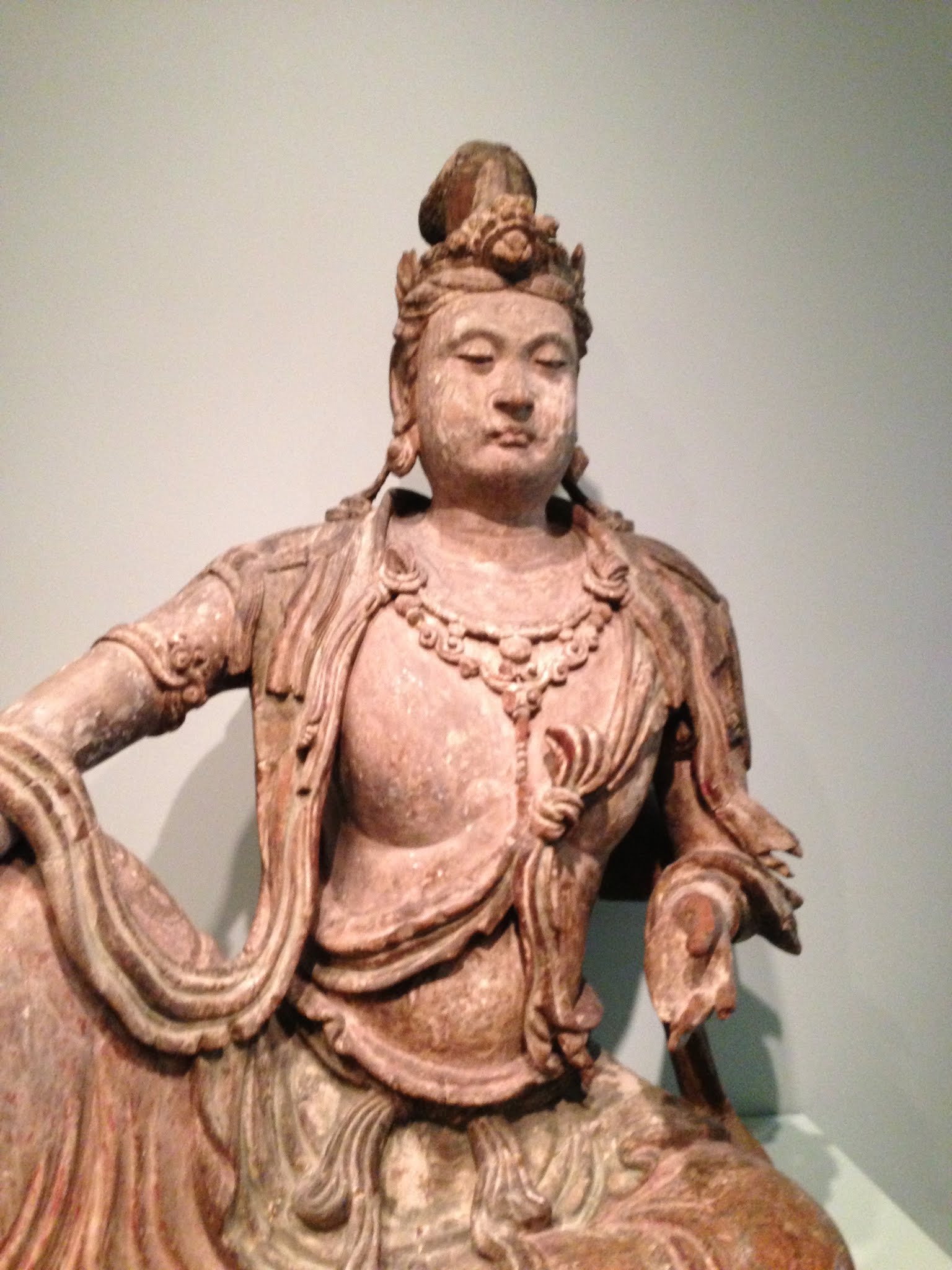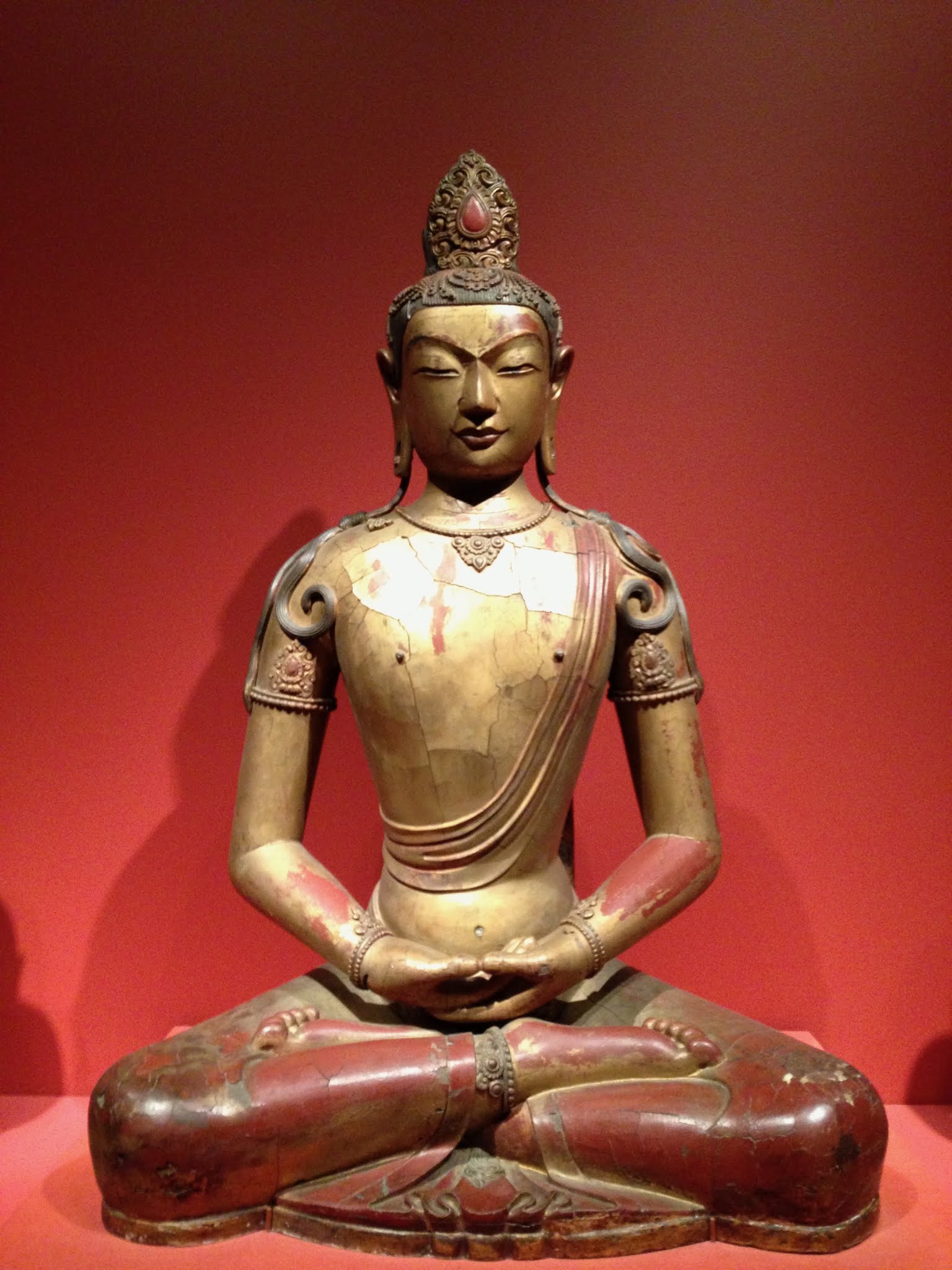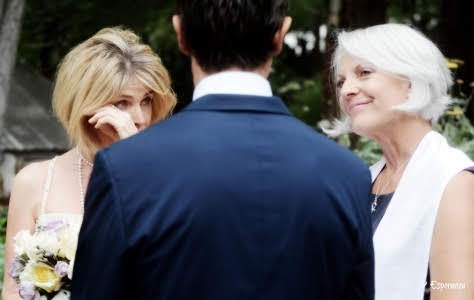I gave up meditating recently. Or perhaps I should say I gave up trying to make myself meditate. Finally, I surrendered to a fundamental truth about myself: I am never going to be the kind of person who sits silently on a cushion and contemplates Nothingness or Emptiness or even my own breath.
Which is not to say that I am not a spiritual person. I have been deeply focused on my spiritual self most of my adult life. I have been intensely attentive to my inner self and to the presumed relationship between that self and a higher power.
But my higher power and spirituality were not really pertinent to my decision to give up meditation.. I just looked at the beautiful purple meditation cushion I bought more than a decade ago and was struck by the fact that I’ve been moving it around my house for years now, hoping that one day inspiration would lovingly nudge me to sit down on it daily and achieve meditation.
We all know the drill about meditation. It’s been proven to be as effective as Vitamin C! It’s the answer to all our woes, physical, mental and spiritual! Our brain waves are happier when they are meditating! Our lives will be transformed by it! I am as convinced as the next person that these things are true—for some people. I study the writings of many great masters who promote meditation as the solution to life’s problems. I have gained great insights from those masters. But they haven’t inspired me to sit on that cushion on a regular basis.
I should say that I did for a time sit on that lovely cushion, with its beautiful Japanese crane print on the top, in front of an altar I built in the basement of my home while I was attending an interfaith seminary. I knew I should meditate; how else could I claim the right to call myself “reverend?” So I sat on the cushion in front of the altar pretty much every day for about a year. Sometimes I closed my eyes and had thoughts. I opened my eyes and stared at the flame of a candle. I breathed the lovely scent of the incense I burned. But I didn’t meditate.
Because when I tried to meditate, it felt like nothing except, well, trying. For the life of me, Emptiness never came. Nothingness eluded me. I felt like I was attempting to do something that was not natural for me, Hollis Walker, middle-class American reader, thinker and writer. To not think was impossible for me. As a consequence, I always felt profoundly disappointed in myself after these sitting sessions. Bad meditator. Bad human. Bad minister.
So instead, I spent most of my time sitting at that basement altar reading spiritual books, drawing Tarot cards and writing in my journal.
After I was ordained (yes, they ordained me, although maybe they wouldn’t have if I had confessed my failure to meditate), I took my cushion back to New Mexico and installed it in the guesthouse I borrowed from friends for a time. I built a tiny altar. And so it has gone for the twelve years since. In each place I lived, I created a beautiful, every-changing altar of precious spiritual objects I had collected, set up the candle and the incense, and occasionally was able to make myself sit in front of it. There I read, wrote, drew Tarot cards and otherwise engaged myself in activities that fed my soul but were not meditation, strictly speaking.
So the other day, while I was sitting on my bed, journal open, surrounded by books, I looked up and saw the futility represented by that little altar and cushion. I realized suddenly that I actually had not even sat in front of the altar in months. In fact, I had been moving the altar from room to room for the last three years, since I bought my present home.
 |
| Lutheran Church, Oakland, California |
The altar had first been situated on a long, narrow shelf unit, close to the ground, in my bedroom. Then the mess of all the papers and books and objects and incense dust (I often burned incense whether or not I was meditating) had irritated me one day, and I’d moved the altar to a tiny round table I lovingly covered with scarves in my home office. After all, I spent most of my time there; maybe I would be inspired to sit during breaks from work. I never sat in front of the altar in my office, not once, although I’d done a beautiful job of arranging the purple scarves, which coordinated well with the cushion.
A few months ago I moved a reading chair into the office, where of necessity it took over the space that previously had been occupied by the altar, so I moved the small round table and its spiritual items into my bedroom. I added another scarf. I reduced the number of objects on the little table. I added a purple meditation chair—the kind that sits directly on the floor but provides back support—to the arrangement.
None of this made any difference. I did not sit in meditation at the little table in my bedroom. I never test-drove the purple meditation chair. The cushion gathered dust. The whole setup evoked that familiar, now constant rebuke: Bad minister. Bad meditator. Bad human.
I know what you’re thinking, you meditators who are reading thing: Oh, she just didn’t have the right teacher. Wrong. I tried meditating with numerous teachers of varying spiritual traditions. I’ve “meditated” with Jack Kornfield, for goodness sake. Loved him, loved what he had to say, and he looked really peaceful when he meditated. It didn’t take.
Somehow, that day in bed, my view of the little altar and cushion shifted. Without giving it a second thought, I got out of bed and dismantled the arrangement. The scarves, covered with incense dust, went into the dry cleaning bag. I took the little round table and returned it to its original place and purpose, as an end table in the living room. I removed the candle, the Venus of Willendorf sculpture, and a beautiful purple paperweight I’d made in a glass-blowing class (I’d thought perhaps it could be a focal point for meditating. Right.).
 |
| Sandhill cranes, Bosque del Apache, New Mexico |
I considered the now-empty corner that the altar had occupied. It made the room seem more open and spacious. I felt, oddly, that I had accomplished something important. And I had. I had reclaimed my spiritual integrity from a collective meme to which I not longer subscribed. I am not and probably am never going to be a meditator. And that’s okay.
What had I been thinking, all those years? Had I simply “drunk the Kool-Aid,” as the saying goes, believed that I must meditate in order to be truly spiritual? To be sure, sitting in front of the altar, focusing my attention inward had been valuable on those occasions when I’d done it. In fact I do that all the time, in all kinds of spaces and places. I spend a great deal of my time in contemplation. But it’s not Nothingness or Emptiness I want. I am listening for that still, inner voice, the voice of God, if you will. And I hear it—quite often, in fact—without regard for my physical location.
Of course I find it easier to hear that inner voice when I am taking a walk in nature or when I sit quietly in bed, writing in my journal. But like many people, I also hear the inner voice while in the shower, doing the dishes, ironing, cooking, driving the car. When I’m not trying to hear it, it comes, often with great clarity.
 |
| Sunset, Bosque del Apache |
I have always been doing my own equivalent of meditation. I have written in a journal every morning of my life since age 18 or so (with some earlier experiences in writing poetry and in a pink-leather little-girl diary). I have read and studied spiritual books, highlighted them, re-read them, and copied out significant passages into a computer database I keep of meaningful quotes. In other words, I engage in regular activities that are meaningful to me and which intensify and deepen my relationship to that sacred energy in which I believe. I am a non-meditating authentic seeker, an accomplished student of my own spiritual path, even—dare I claim it?—a spiritual success.
 |
| Asian Art Museum, San Francisco |
That day, after dismantling the altar, I stored the beautiful cushion in my cedar chest, where it now resides safely alongside worn stuffed animals from my childhood and other remnants of my past. These are my personal treasures, reminders of where I came from, and in a sense, who I once was. They are worth keeping, yes, but no longer useful.
The beautiful meditation cushion belongs with those objects. It has earned its place in my history as a talisman of something I thought I needed—perhaps as a symbol of what I believed I needed to acquire, or achieve, to become an authentic minister and spiritual seeker. The idea that I needed something else was, in itself, an illusion I wasn’t going to find or develop it through regular floor-bound encounters with Nothingness or Emptiness.
Putting the cushion in the cedar chest was an act of self-reclamation. When I put the cushion away, I realized I already had what I needed, and always had. I just needed to claim it, to “own it,” as we say these days. The trappings and title of minister—including the unwritten requirements to which I had subscribed, such as being a meditator—had nothing to do with being one.
Being a minister is who I am and already was, in a way, cushion or no cushion.
Amen, hallelujah, Namaste, shalom, and all that stuff.


